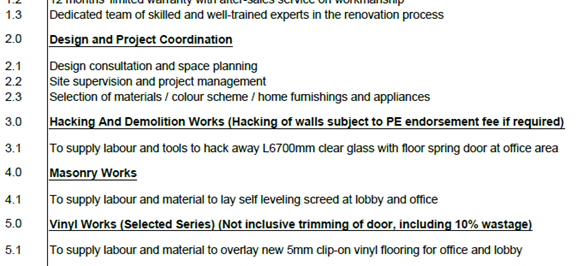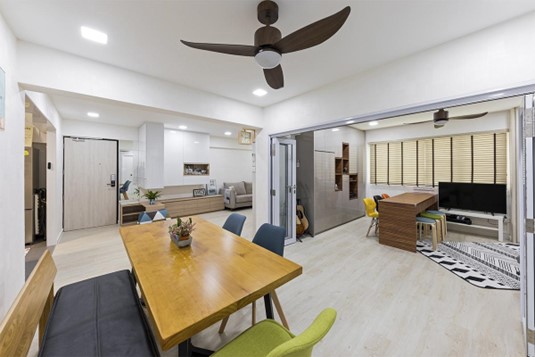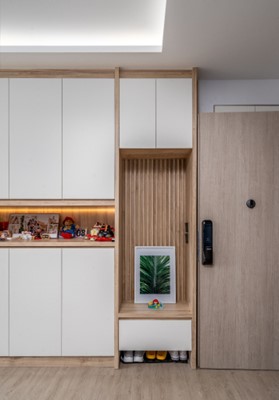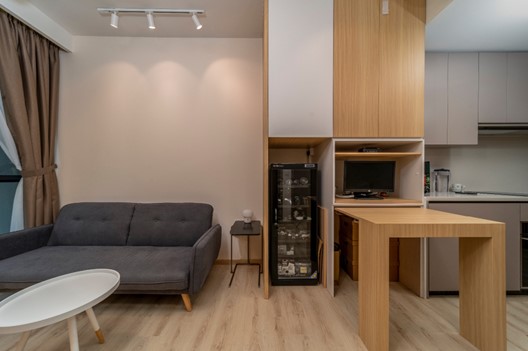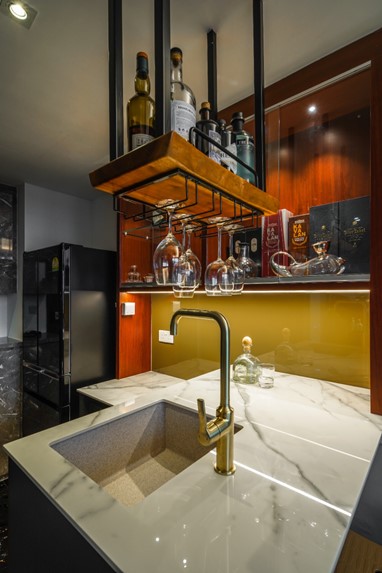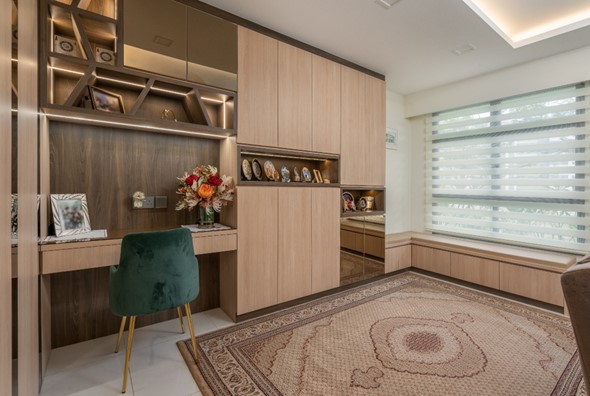Hidden truths about renovation packaged deals?Hidden truths about renovation packaged deals?

Ever heard of renovation packages starting from $10,888 or whole house 4-room HDB renovation at only $18,888? Are these too good to be true? What are the pitfalls?
If you have received a package deal offer, do look through thoroughly and ask the ID company more questions. What should you take note of?
Not itemized in the package
You do not know what you are actually paying for in packages. Always ask for itemized breakdown charges for each scope of work. Take note of any scope of work not mentioned. Unfortunately you might not be aware of what is missing.
Find out what is included in the package
Compare apple to apple with itemized quotes from other IDs so that you know whether the package includes all that you need. Itemized quotes may seem more expensive but this may not always be the case. We had done a comparison analysis of a packaged deal versus a more transparent itemized quotation. The itemized quotation was found to be cheaper!
Check the dimensions stated
Be careful with package deals as the package might only give you shorter lengths especially for carpentry or counter tops. The top-ups (or correctly termed as Variation Orders) will then be charged at much higher prices.
Words and descriptions
Be careful of the words and descriptions used. Take note of over-promise deals (Anything also can do kind of answers). Always seek clarifications.
Upsell techniques
Packages tend to miss out on certain works for eg kitchen cabinet base and you need to top up at a more expensive rate, higher than market rate. Length of the kitchen cabinet stated in the package is shorter than what you need. Additional top ups are not at package price. The materials included are basic ones only. If you want to change the materials, you have to pay for top ups.
Why should you go for itemized quotation
With point by point breakdown charges, you know how much has been included or removed. Items that you do not need or decide to include will be very clearly shown from the quote so it is TRANSPARENT to you.
Free gifts
Wow!! Free fridge, washer and other electrical appliances if you take up the deal!! Sounds too good to be true?!! Think TWICE.
Rule of thumb
Transparent itemized pricing is the way to go. Consider offers that are too good to be true. You need to be careful of over-promise works that may not sound possible to be carried out.
